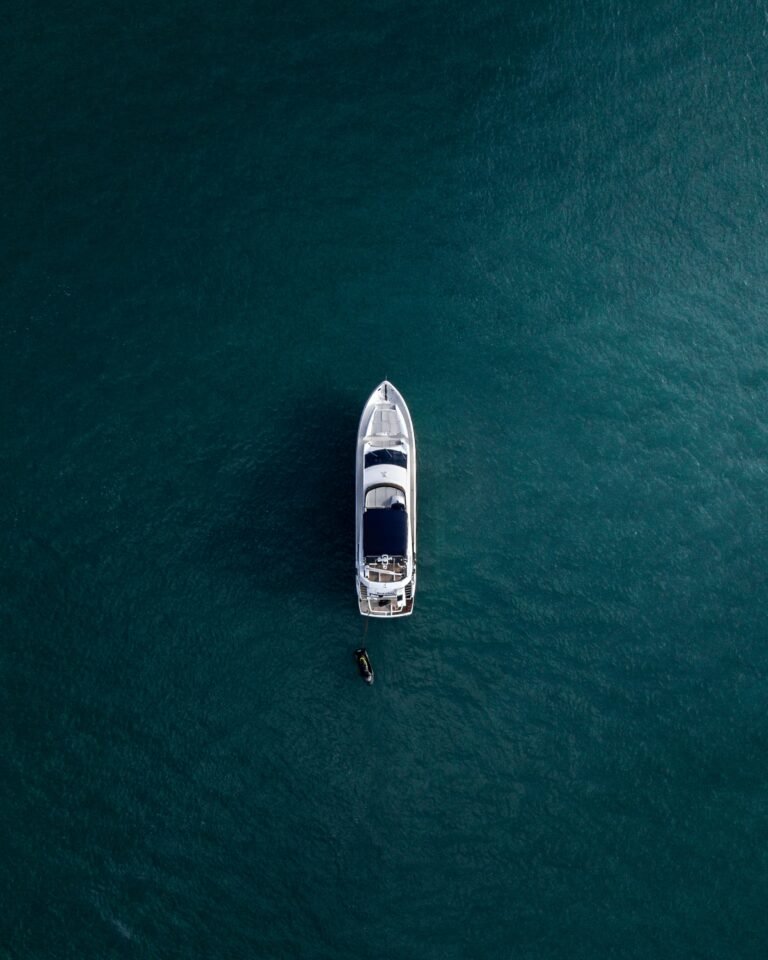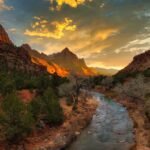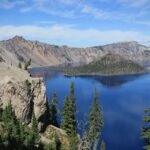Discovering Dry Tortugas National Park History

Early Exploration and Naming
Let’s take a stroll back to the time when Juan Ponce de León, that adventurous Spanish explorer, stumbled upon the Dry Tortugas on June 21, 1513. Imagine his surprise at the sight of countless sea turtles! He gave the islands the name “Las Tortugas” because of them. But don’t start planning a sweet-water spring picnic; “Dry” was later tagged on to warn sailors there was nary a drop of fresh water around. Handy info for explorers back in the day!
| Year | Event | Detail |
|---|---|---|
| 1513 | Discovery | Juan Ponce de León discovers and names the islands “Las Tortugas” |
| 1513 | Naming | Name “Dry” added to indicate lack of fresh water |
The evocative name and captivating history make the Dry Tortugas a must-see for anyone curious about the Age of Discovery’s thrills. These islands weren’t just little dots on a map—they were pitstops for those bold enough to venture the treacherous waters along the Gulf Coast.
Geographical Significance

What’s the big deal about where the Dry Tortugas hang out? Well, they’re smack dab at the crossroads of the Atlantic Ocean and the Gulf of Mexico, a primo spot for sailors (think of it as the superhighway of the sea). This location meant these islands were a hot topic amongst folks who mattered way back when.
| Attribute | Description |
|---|---|
| Location | Gulf of Mexico and Atlantic Ocean |
| Strategic Importance | Controls narrow shipping lane to America’s heartland |
| Cultural Significance | Site for numerous shipwrecks and historical events |
Throw in Fort Jefferson—built in 1846 and made of a whopping 16 million bricks—and you’ve got one of the beefiest masonry marvels around. It’s not just another pretty face; it stood as both protector of shipping lanes and an icon of good old American know-how.
If you’re itching to visit, getting the scoop on the Dry Tortugas’ exploration roots and geographical perks can jazz up your trip. Whether you’ve got a thing for gripping maritime tales or you just crave natural beauty that’ll knock your flip-flops off, these islands bring history and ecology together in one neat package. Before you go, check out our simple-to-follow guides on how you can get to Dry Tortugas and camping like a pro in Dry Tortugas National Park.
Building Fort Jefferson
Fort Jefferson is like stepping back in time, smack dab in the middle of Dry Tortugas National Park. Built in the 1800s, it’s a piece of history that tells stories of the past. Dive in to understand what makes it such a big deal in the park’s storybook dry tortugas national park history.
Construction Challenges
Fort Jefferson stands as the biggest brick fort in the USA, stretching its arms out between 1846 and 1875, keeping watch over the gateway to the Gulf of Mexico. This wasn’t a walk in the park, as builders had to tackle:
- Remote Location: Sitting on islands about 70 miles from Key West, getting people and supplies there was no easy task.
- Slave Labor: Most of the workforce were slaves from Key West, laboring under harsh conditions.
- Material Transport: Sixteen million bricks were brought in from across the U.S. A hiccup during the Civil War meant some bricks came from New England, giving the fort its patchwork look.
- Environmental Factors: The salty air took its toll on the fort, demanding non-stop fixes to keep it standing strong.
| Challenge | Impact |
|---|---|
| Remote Location | Hard-to-get materials and workers |
| Slave Labor | Tough work under rough conditions |
| Material Transport | Brick color and quality mix-up |
| Environmental Factors | Need for constant upkeep and repairs |
Historical Significance
Why is Fort Jefferson such a big deal?
- Strategic Importance: Parked on a busy shipping shortcut, the fort was a key player in keeping America’s waterways safe (Dry Tortugas).
- Civil War Era: Newer weapons during the Civil War made the fort a bit old-school by 1862, leaving it only partly finished.
- Prison Use: The fort turned into a prison, holding folks like Dr. Samuel Mudd, the guy who patched up John Wilkes Booth. He later got pardoned for fighting yellow fever here (Dry Tortugas).
| Significant Events | Details |
|---|---|
| Strategic Importance | Guarding Gulf of Mexico’s waters |
| Civil War Era | Hit by weapon advancements and left incomplete |
| Prison Use | Held Union deserters and Dr. Mudd |
Digging into the story of Fort Jefferson sheds light on its role in the dry tortugas national park history. For those planning to take a peek at this fortress, don’t miss how to get to dry tortugas and the dry tortugas ferry schedule to plan your adventure.
Maritime History of Dry Tortugas
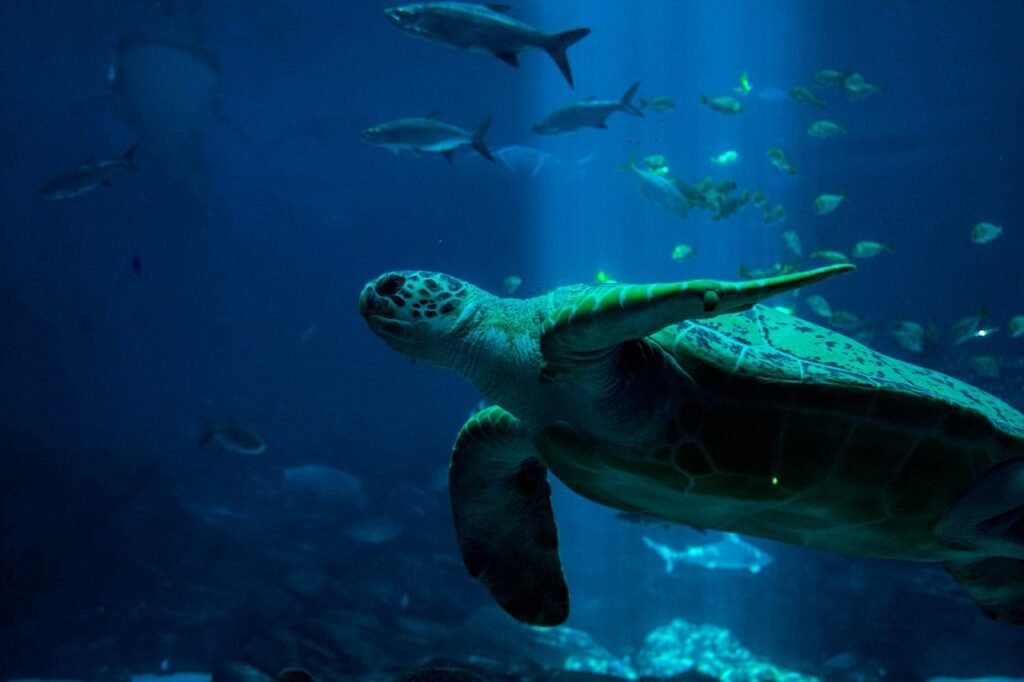
Dive your imaginary ship into the rich maritime tales at Dry Tortugas National Park. Here’s your treasure map to the lighthouses and the tales of shipwrecks that’ll turn your visit into an epic adventure.
Lighthouses and Navigational Aids
Who doesn’t love a good lighthouse story? These tall stalwarts have been the heroes, guiding sailors through the dicey waters around Dry Tortugas for ages. Take, for instance, the Dry Tortugas Lighthouse—or Loggerhead Lighthouse if you’re in the local know. Built back in the 1850s, it’s one heck of a safety superstar for sailors.
| Lighthouse Name | Year Built | Height (feet) | Shines For (miles) |
|---|---|---|---|
| Loggerhead Lighthouse | 1858 | 157 | 15 |
| Garden Key Lighthouse | 1825 | 65 | 10 |
These lighthouses aren’t just structures; they’re the unsung guides of maritime voyages, making sure ships don’t meet their unfortunate ends in the surrounding waters.
Shipwrecks and Reefs
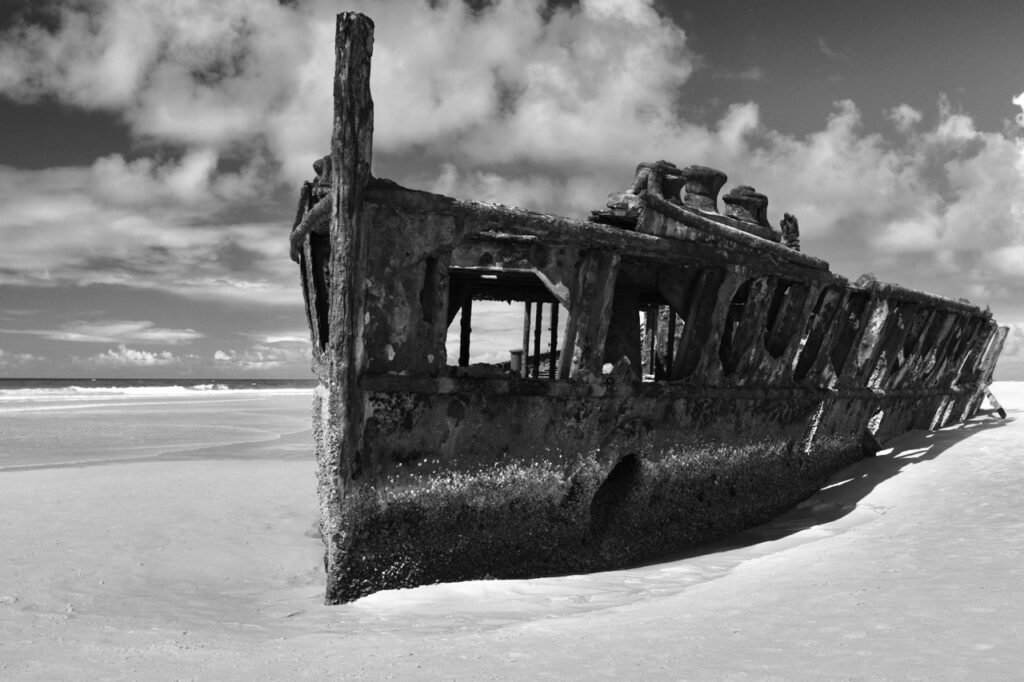
Vast and full of stories, Dry Tortugas National Park spans around 100 square miles, hiding over 200 shipwreck tales dating all the way back to the 1600s. Yeah, if those waters could talk, they’d tell tales of storms and sunken treasures.
| Shipwreck Name | Wrecked When? | Tale of the Tape |
|---|---|---|
| Avanti | 1907 | German ship loaded with mahogany |
| Henrietta Marie | 1700 | Among the first slave ships found here |
| Nuestra Señora de las Maravillas | 1656 | Spanish galleon packed with riches |
Get your snorkels ready, because uncovering these shipwrecks and reefs is like flipping through history’s greatest hits. And hey, the reefs do double duty, creating a cozy home for countless ocean critters.
Thinking about setting sail? Use these handy links for your Dry Tortugas adventure:
- Dry Tortugas Tours from Key West
- How to Get to Dry Tortugas
- Dry Tortugas Ferry Schedule
- Dry Tortugas Boat Charters
So whether you’re on the hunt for lighthouse tales or itching to dive into the deep blue and explore sunken wonders, the stories of Dry Tortugas will make your visit one for the books.
Ecological Wonders of the Park
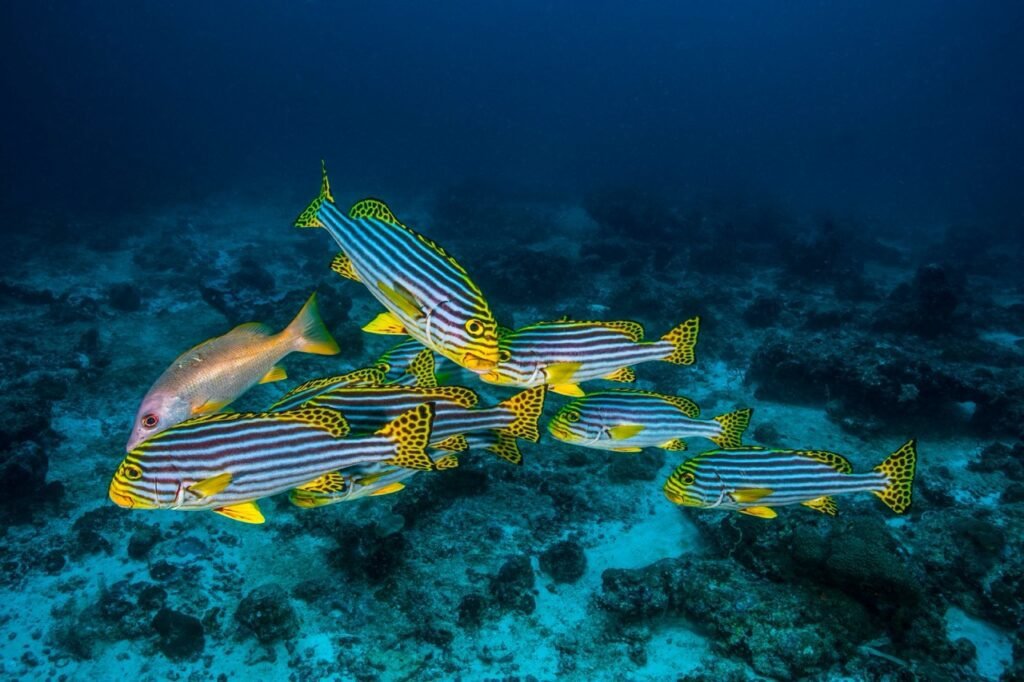
Dry Tortugas National Park isn’t just a place for history buffs; it’s a wild haven for nature lovers who want to soak in its stunning ecological variety. This is where you turn off your phone, start breathing in the sea air, and just let yourself be amazed by what nature’s got going on above and below the waves.
Flora and Fauna Diversity
Plants and critters—Dry Tortugas is bursting with life. It’s like Mother Nature’s got her own secret garden and safari in one spot. The place is a refuge for some rare and endangered plants and animals, making it a must-see for the wildlife fanatics out there.
| Notable Flora and Fauna | Description |
|---|---|
| Unique Bird Species | Ever seen a sooty tern? These birds set up home here, especially on Bush Key. Check out more bird history here. |
| Nesting Sea Turtles | Catch the loggerhead turtles doing their nesting gig along the sandy beaches. Details on where to see this turtle parade are at dry tortugas beaches. |
| Vibrant Coral Reefs | Dive into the colorful corals, living proof that nature’s got the best color palette. |
| Tropical Fish | A parade of tropical fish brings a splash of color, darting through corals like underwater rainbows. |
It’s a bird watcher’s dream and a marine biologist’s lab with all the necessary buzz. The untouched beauty of the park makes it a perfect natural benchmark, especially against changin’ ecosystems elsewhere.
Underwater World Exploration
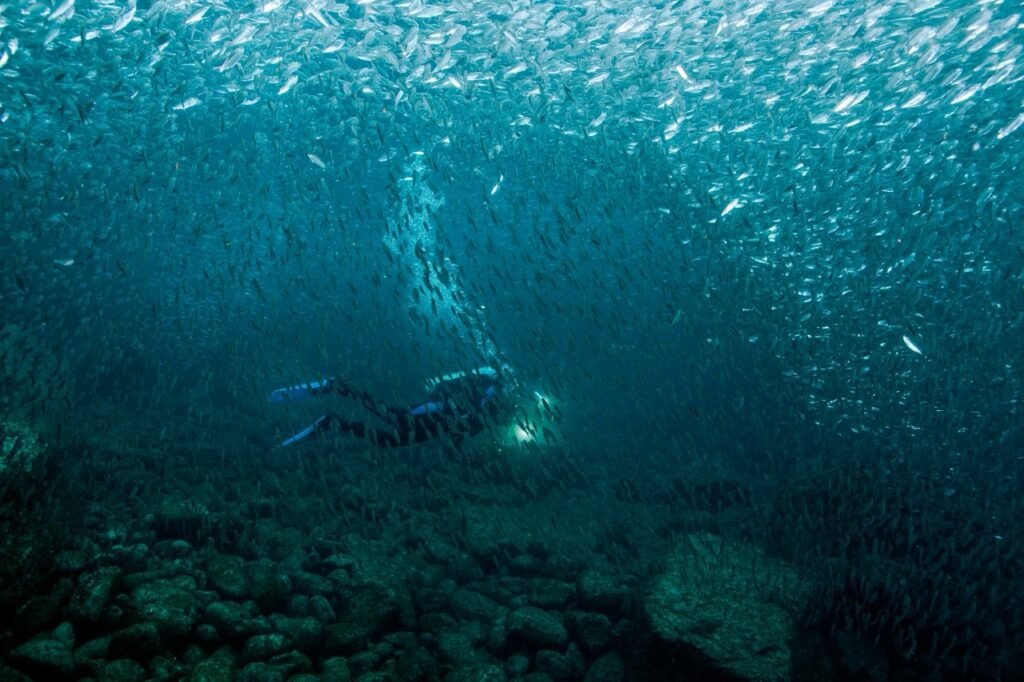
The sea’s got its own cool story at Dry Tortugas, spreading out over about 100 square miles, with a teeny 40 acres letting you keep your feet dry. It’s genuinely a ginormous watery playground. More about what you can see and do is available at DryTortugas.com.
| Underwater Features | Description |
|---|---|
| Coral Reefs | Chat up the colorful reefs, hotspots for snorkelers and divers. For more info, sail to dry tortugas boat charters. |
| Shipwrecks | Discover over 200 shipwrecks chilling on the sea bottom since the 1600s—the locations are hush-hush to keep them safe. |
| Marine Species | From fish doing a disco in the water to lazy turtles drifting by, the marine scene is packed with fun sights. |
Consider jumpin’ on one of the guided tours to get the best underwater glimpses, with details at dry tortugas tours from key west.
Whether spotting a feathered friend on Bush Key, diving into a coral wonderland, or digging through centuries-old shipwrecks, the park promises to crank your adventure dial way up. Plan the perfect visit—how to reach the park and where to set up camp—by exploring our guides on how to get to dry tortugas and camping in dry tortugas national park.
Fort Jefferson Legacy
Civil War Prison and Notable Prisoners
Once the Civil War wrapped up, Fort Jefferson turned into a rather grim destination as a federal prison. The place gathered some of the folks accused of conspiring against Lincoln, with Dr. Samuel A. Mudd as one of the notable ones. Dr. Mudd ended up there for patching up John Wilkes Booth after he shot President Lincoln. However, when Yellow Fever hit in 1867, Dr. Mudd stepped up with his medical skills, which earned him quite a pat on the back and a reduced sentence by 1869 (National Park Service).
Back in the 1860s, Fort Jefferson teemed with life, hosting nearly 2,000 folks, including soldiers, workers, and their families. Life wasn’t a walk in the park, what with cramped quarters and the looming fear of diseases. This peculiar setting gives you a lens into its colorful history and the lives bound within its walls.
| Year | Prison Population | Notable Prisoners |
|---|---|---|
| 1860s | ~2,000 | Dr. Samuel A. Mudd, Lincoln Conspirators |
Abandonment and Preservation Efforts
The Army ditched Fort Jefferson officially in 1874, leaving behind its grand walls as eerie echoes of its past. In 1935, the fort got a historical nod as Fort Jefferson National Monument. Fast forward to October 26, 1992, it snagged another title as Dry Tortugas National Park, marking its spot as a heritage gem (National Park Service).
Big efforts have gone into keeping Fort Jefferson standing tall and proud. It’s a treasure trove of history and an enticing spot for curious wanderers. If you swing by, don’t miss the dry tortugas lighthouse and drop into the dry tortugas visitor center for a load of fascinating info.
| Year | Event |
|---|---|
| 1874 | Fort Abandoned |
| 1935 | Established as Fort Jefferson National Monument |
| 1992 | Renamed Dry Tortugas National Park |
For those itching to get up close and personal with the park, check out dry tortugas tours from key west or consider hopping on one of the dry tortugas boat charters. You’ll get the full historical scoop. Campers can figure out the nuts and bolts of camping in dry tortugas national park and grab dry tortugas camping reservations for a stay you won’t soon forget.
Park Management and Visitation
Designation and Expansion
The story of Dry Tortugas National Park kicked off back when President Franklin D. Roosevelt declared it Fort Jefferson National Monument on January 4, 1935. This spot included a whopping 47,125 acres of untouched marine and island goodness. Fast forward to October 26, 1992, Congress gave it an upgrade, and we now know it as Dry Tortugas National Park.
This park ain’t just some land with trees; it’s a marvelous mix of seven tiny islands and their surrounding waters. It’s packed with unique birds, dazzling coral reefs, nesting turtles, and tropical fish—it’s like a nature show in real life! No wonder it’s a hot spot for nature lovers from all walks of life.
Thinking of making the trip? Don’t forget to peek at the Dry Tortugas ferry schedule and how to get to Dry Tortugas for the details on how to reach this little slice of paradise.
Recreational Carrying Capacity
Dry Tortugas is getting a wee bit crowded. The trick is finding the sweet spot between having a good time and keeping the place pristine. That’s where the National Park Service comes in, trying to figure out just how many folks can visit before things go south.
Visitor numbers have shot up from 18,000 in 1984 to almost 90,000 today. This surge means they’re continuously on it with planning to keep the tourism sustainable without wrecking the joint.
| Year | Visitor Count |
|---|---|
| 1984 | 18,000 |
| 1992 | 30,000 |
| 2000 | 45,000 |
| 2021 | 90,000 |
If you’re set on camping, lock in those Dry Tortugas camping reservations pronto. Between snorkeling, bird-watching, or checking out Fort Jefferson, there’s plenty to do, but remember to leave things as you found them.
For more pointers on making your trip epic, like guided Dry Tortugas tours from Key West or snagging just the right camping spot in Dry Tortugas National Park, wander through our website for all the insider tips. Enjoy, but respect the vibes!




